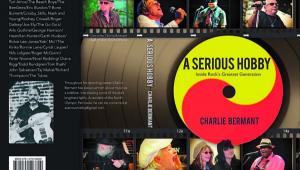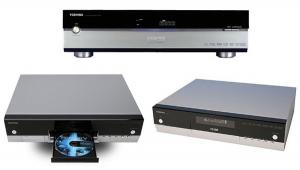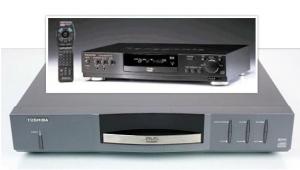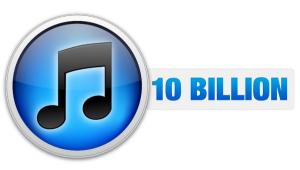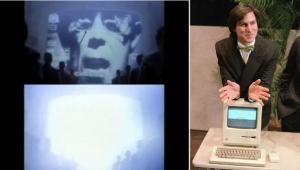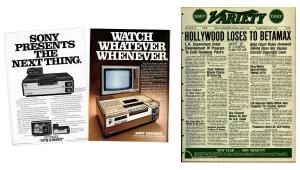Straight Steer on Stereo
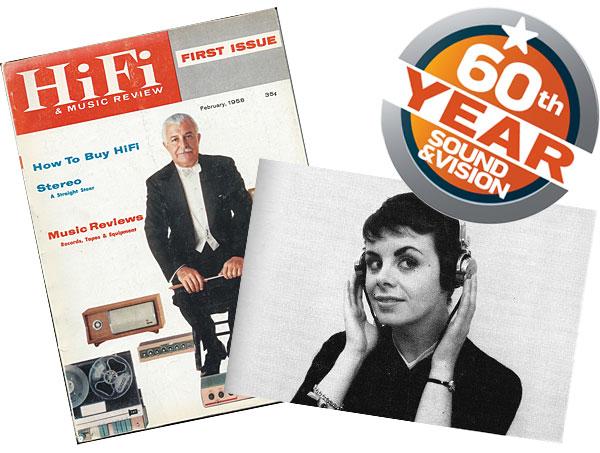
The first couple of years following our founding in February 1958 as Hifi & Music Review were largely consumed with the roll-out of the industry’s first two-channel stereo gear. Equipment coverage and advertising from those days suggests that there was more than one way to skin this cat. There were a variety of new cutting-edge stereo preamps and integrated amplifiers offered up, some of which included separate tone controls for each channel to account for the mismatch of frequency response between your pre-existing speaker and whatever bargain-basement special you might have picked up to transform your hopelessly passé mono rig to stereo. If you weren’t ready to take that step, there were less expensive converter boxes that combined a stereo preamp with a singular power amp channel; you could connect your stereo source and one of your two speakers, then send the preamp-out signal for the second channel to your existing mono amplifier to power your legacy speaker.
But of course, before you could do this, you had to understand what stereo really is and why you want it. This article, taken from our very first issue, was intended to clarify for readers what this brave new world of hi-fi was all about.—Rob Sabin
